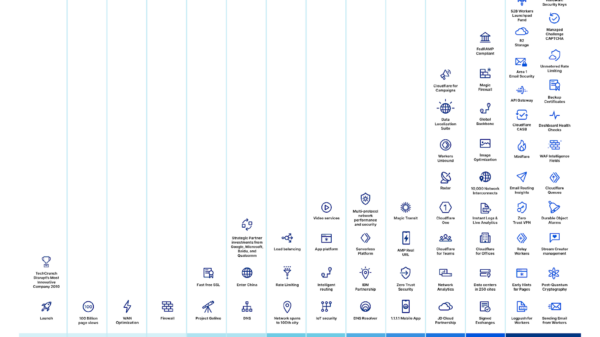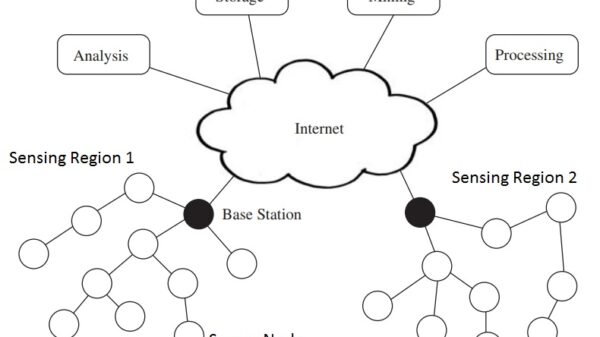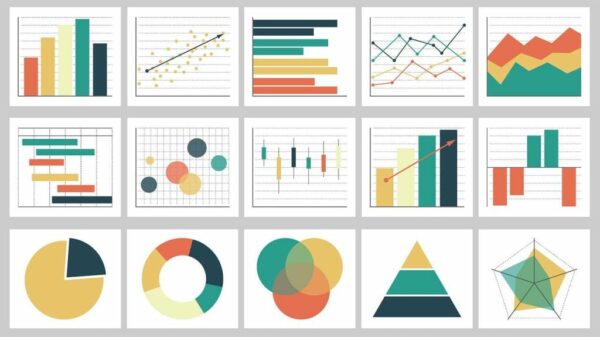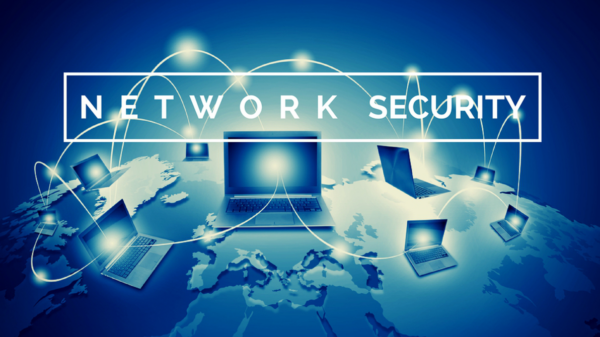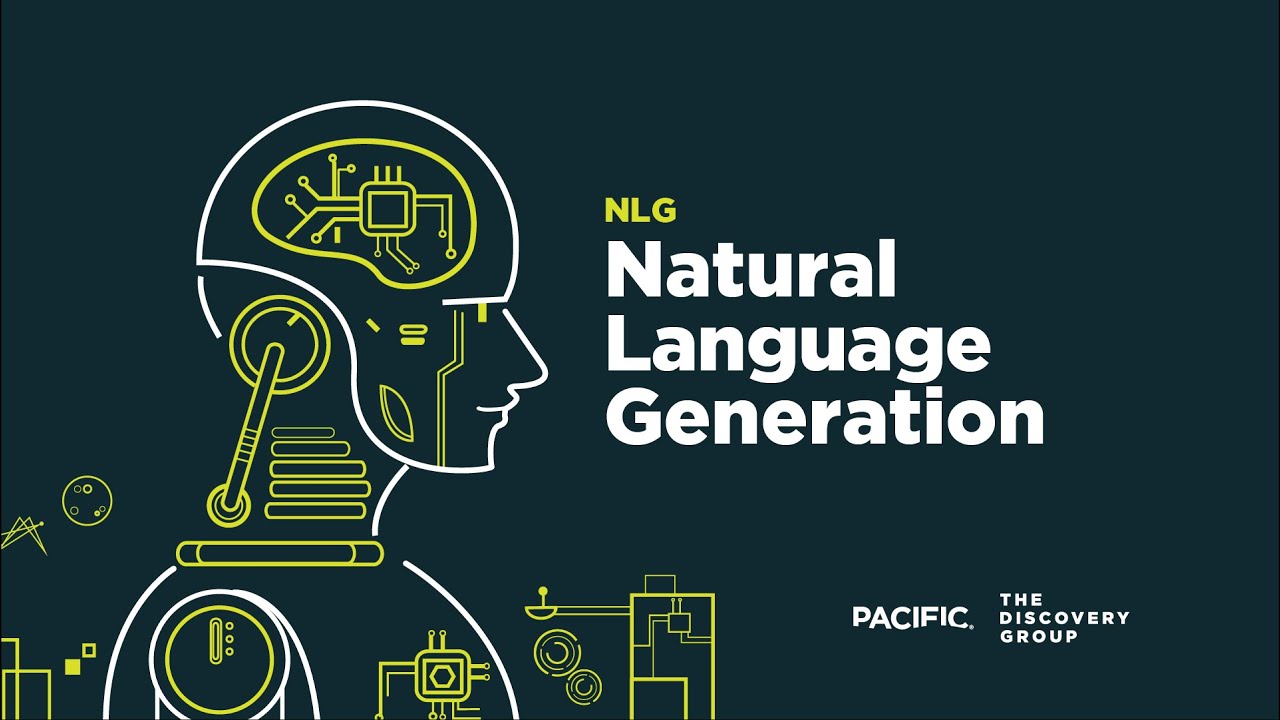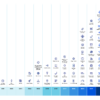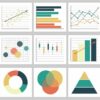Natural language generation (NLG) is a rapidly evolving field of artificial intelligence (AI) that has the potential to revolutionize the data analytics industry. NLG can be used to generate text, translate languages, write different kinds of creative content, and answer your questions in an informative way.
In the context of data analytics, NLG can be used to:
- Generate reports and summaries: NLG can be used to automatically generate reports and summaries of data, which can save analysts a significant amount of time. For example, an NLG-powered analytics tool could automatically generate a report on sales performance for a given month, highlighting trends and insights that would otherwise be difficult to identify.
- Create interactive dashboards: NLG can be used to create interactive dashboards that allow users to explore data in a more natural way. For example, a user could ask an NLG-powered dashboard “What are the top three reasons why customers are churning?” and the dashboard would generate a list of answers based on the data.
- Explain complex data: NLG can be used to explain complex data in a way that is easy to understand. For example, an NLG-powered analytics tool could explain how a particular marketing campaign impacted sales.
- Generate insights: NLG can be used to generate insights from data that would otherwise be difficult to identify. For example, an NLG-powered analytics tool could identify patterns in customer behavior that could be used to improve customer retention.
NLG is still a relatively new technology, but it has the potential to revolutionize the data analytics industry. By making data more accessible and understandable, NLG can help businesses make better decisions and improve their bottom line.
Here are some specific examples of how NLG is being used in the data analytics industry today:
- Salesforce: Salesforce is a leading CRM platform that uses NLG to generate reports and summaries of customer data. This allows Salesforce users to quickly and easily identify trends and insights that can help them improve their sales performance.
- Microsoft Power BI: Microsoft Power BI is a business intelligence (BI) tool that uses NLG to create interactive dashboards. These dashboards allow users to explore data in a more natural way, which can help them identify insights that they might not have otherwise found.
- IBM Watson Analytics: IBM Watson Analytics is a cloud-based BI tool that uses NLG to explain complex data. This makes it easier for users to understand the data and make better decisions.
These are just a few examples of how NLG is being used in the data analytics industry today. As NLG technology continues to evolve, we can expect to see even more innovative and groundbreaking applications of this technology in the years to come.
In addition to the benefits mentioned above, NLG can also help to improve the communication and collaboration between data analysts and business users. By generating text-based reports and summaries, NLG can make it easier for business users to understand the results of data analysis. This can lead to better decision-making and improved business outcomes.
Overall, NLG is a powerful technology that has the potential to revolutionize the data analytics industry. By making data more accessible and understandable, NLG can help businesses make better decisions, improve their bottom line, and gain a competitive advantage.



